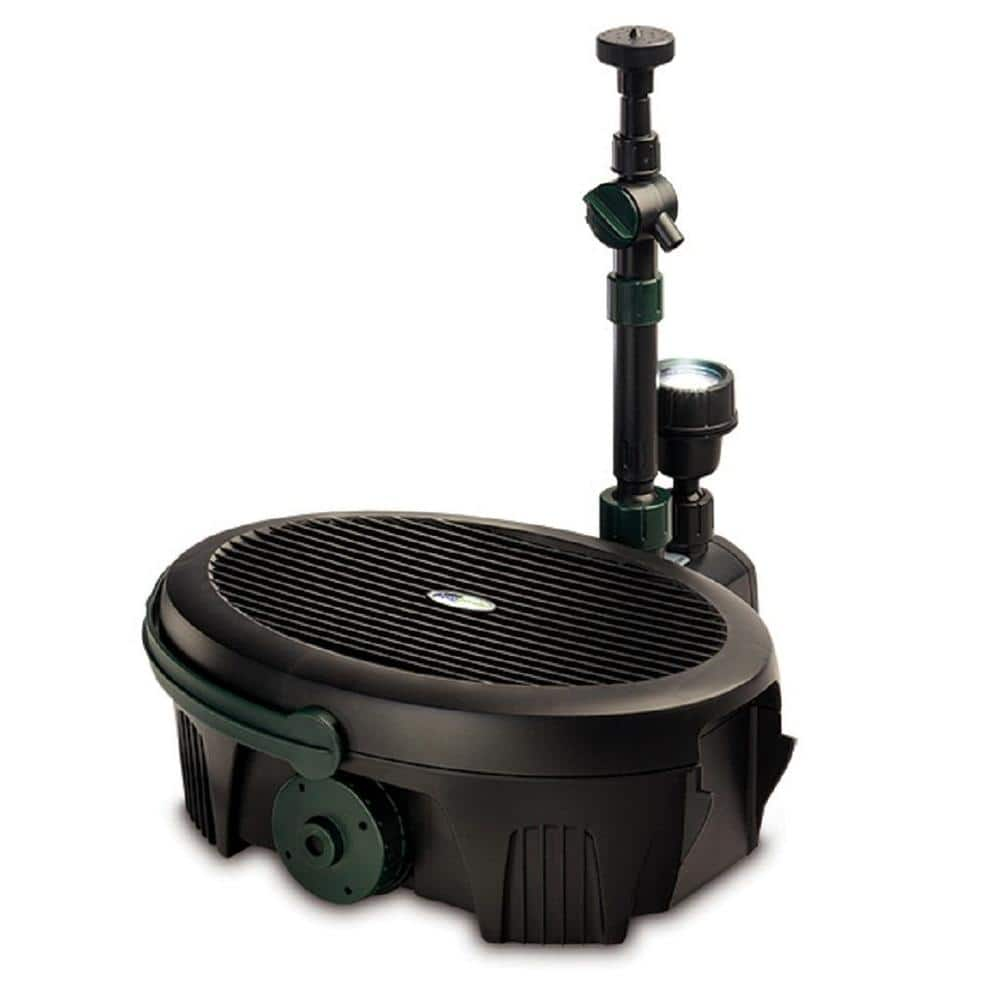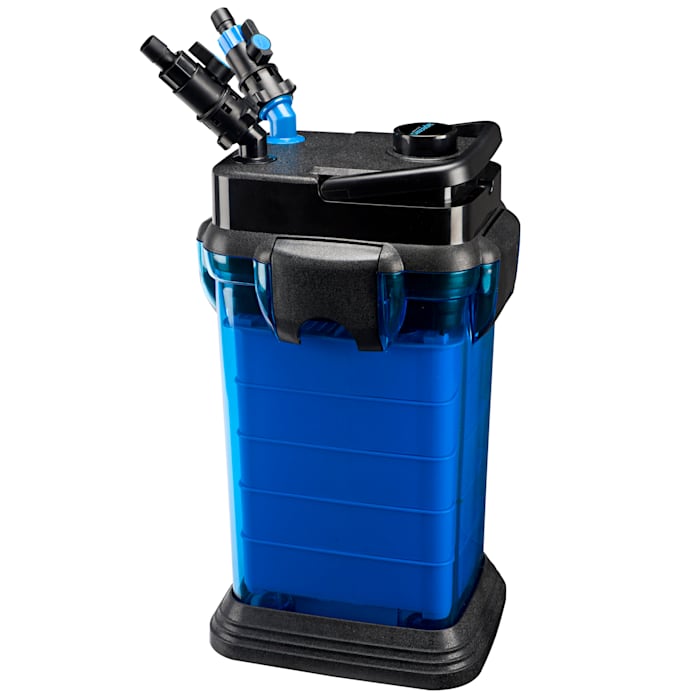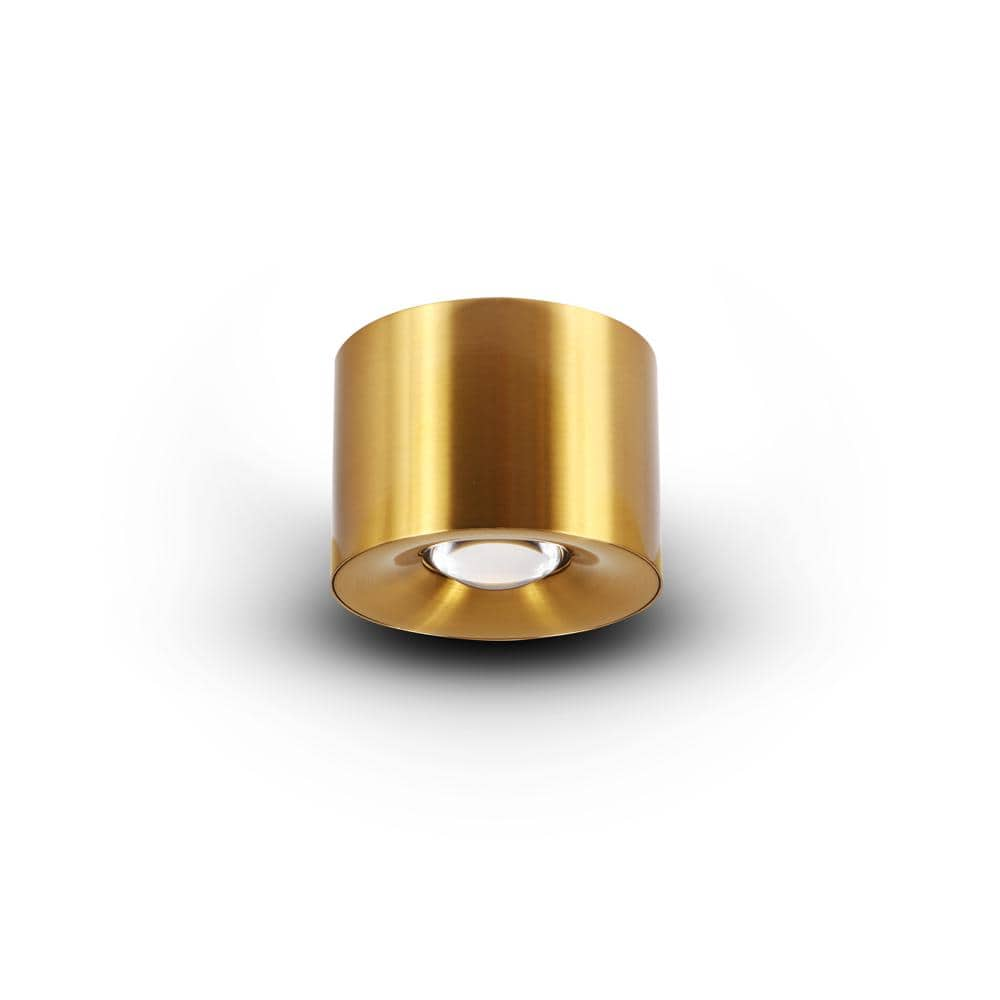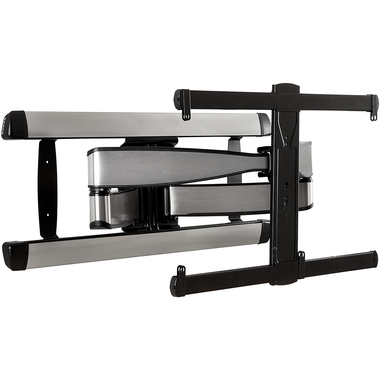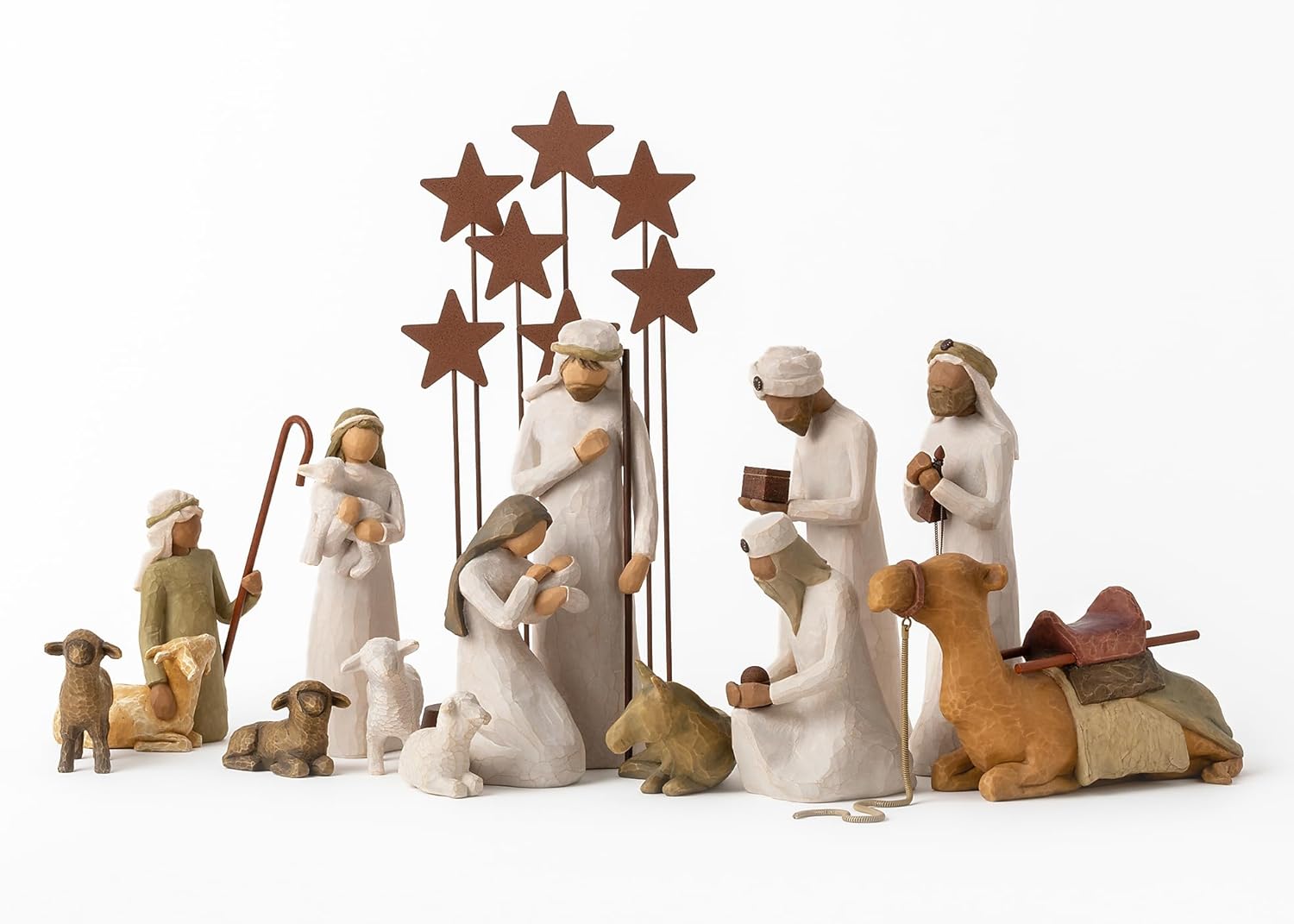Auction Ended
Riedel Sommeliers Wine Glass, 1 Count (Pack of 1), Clear
Sold
As Is
QTY 1
$0.00
MSRP
MSRP is a sample online retail price.
$78.99
Last Update:
03/12/2025, 6:56 AM ESTItem Information
MSRP:
MSRP is a sample online retail price.
$78.99
Brand:
Riedel
Condition:
As Is
Description:
THE RIEDEL MARK OF QUALITY - Working with the Italian Sommelier association A.I.S. (Associazione Italiana Sommeliers) Claus Riedel unveiled the world’s first gourmet glass series in Orvieto in 1973. The series comprised 10 sizes. The world of wine has changed radically since then. Today, there are regions and continents producing wine which did not exist or were unknown at the time. Sommeliers has developed into a comprehensive, state-of- the-art "Vitrum-Vinothek". As a result of global demand, Sommeliers now represents the benchmark among wine glasses and is the most successful hand- made glass series in the world. Every glass is an individual piece, with the upper part blown into shape and the stem and base shaped by hand using methods that were developed around the time of Christ's birth. Our glass makers contribute the talent, skill and care required to give the Sommeliers series the hand-crafted finish that our customers expect. The hand-made Riesling Grand Cru/ Zinfandel from the Sommeliers series is made from the finest crystal glass and impresses with its classic design for unique enjoyment. Handmade of mouth-blown crystal, this wine glass is from Riedel's top-of-the-line Sommeliers collection and is for those who take their wine seriously. The classic design is understated enough for an after-work glass of wine and elegant enough to dress a holiday table. The glass is specifically shaped to balance the high acidity and sugars in white wines such as Riesling (late harvest), Zinfandel, Beaujolais Nouveau, Gewürztraminer, Vouvray, Chianti, and Bardolino. Each glass weighs a substantial 10 ounces and holds 13-1/4 ounces of wine. It stands 8-7/8 inches high with a 3-inch wide bowl. --Cristina Vaamonde P.when('A').execute(function(A) { A.on('a:expander:toggle_description:toggle:collapse', function(data) { window.scroll(0, data.expander.$expander[0].offsetTop-100); }); }); From the Manufacturer A Glass Is Not Just a Glass The Content Determines the Shape Riedel's belief when it comes to develop a shape is that design ideas are not born on a drawing board but shaped by trial and error with the help and support of the world?s greatest palates. A person interested in wine is led by color, bouquet, and taste. He often does not consider the glass--used as an instrument to convey the message of the wine. Over the years we have acquired some interesting scientific explanations as to why the shape of a glass so influences the bouquet and taste of alcoholic beverages. The first discovery was made while enjoying wine. The same wine seemed completely different, when served in a variety of glasses--so much so that experienced connoisseurs were made to believe that they were tasting a different wine. In the next step, Riedel was able to determine shapes in which the wine seemed to improve. The grape variety is the key factor determining the relationship between fruit, acidity, tannin, and alcohol in wine. We started to recognize the complicated role played by size and shape in conveying the message of a fine wine. The Influence of Size and Shape on Alcoholic Beverages Bouquet The quality and intensity of aromas are determined by the personality of a wine and the relative affinity of the glass shape. Bouquet can only develop in a range of temperatures. Low temperatures temper the intensity, whereas high temperatures push mainly alcoholic fumes. When describing the importance of the glass shape we assume that the right serving sizes (white wine: 2-3 ounces; red wine: 3-5 ounces) and temperatures are respected. When wine is poured out, it starts to evaporate and the aromas quickly fill the glass in layers according to their density and specific gravity. The lightest vapors are at the rim, the heaviest on the bottom. Consequently the size and the shape of the glass can be fine- tuned to the typical aromas of a grape variety: The lightest, most fragile aromas are those which resemble flower and fruit aromas. Slender, egg-shaped glasses emphasize this kind of aroma. The middle is filled with green vegetal aromas and earthy mineral components. The heaviest aromas are those of wood and alcohol. When swirling the glass, the wine moistens additional surface which increases the evaporation and intensity of the aromas. However, it does not allow layers of bouquet to blend together. It is for this reason that the different qualities of aroma noted in a variety of glasses are amazing. (The same wine may have fruit aromas in one glass and green and vegetal herbiness in another). To eliminate this effect, you would have to move the layers vertically and shake the glass. Only then would you discover the same bouquet in all glasses! Experienced tasters rely on their olfactory talents more than their palates to determine the provenance of the sample or the grape variety in blind tastings. Very large glasses with a capacity of more than 25 ounces allow you to sniff through the layers of bouquet by inhaling extremely gently and consistently for more than ten seconds. You can smell through the fruit aromas to the alcohol fumes. Palate We cannot dictate firm rules over personal preferences, though our advice may provide valuable guidelines. Years of experience have shown that 90 percent of wine lovers approve of the suggestions made by Riedel. Physical movements and adjustments are controlled subconsciously. The shape of the glass forces the head to position itself in such a way that you drink and do not spill. Wide open glass shapes require us to sip by lowering the head. Narrow rims roll the head backwards and the liquid flows because of gravity. This delivers and positions the beverage to different zones of the palate. Drinking in big sips to quench the thirst will diminish the influence of the vessel, and only the aftertaste will offer flavor. Alcoholic beverages are consumed according to their strength in small to very small quantities at a time. This gives the chance to control the flow where the beverage contacts the tongue. The resulting nerve message is delivered at a speed of 400 m/sec to our brain where it leaves a lasting first impression. In most cases we would be disappointed if the sweet fruit flavors were lacking, and tart components dominated the taste picture. If this occurs, the blame is usually put on the quality of the wine but never on the shape of the glass. Shape Every wine has its own blend--fruit, acidity, mineral, tannin, alcohol--based on the grape variety, soil, and climate. By studying the character of the grape variety Riedel is able to deliver wine and spirits to the nose and palate so that each beverage can reach its full expression. The finish plays an important part in the overall impression and even this is strongly influenced by the design of the bowl.It will take time to recognize that a glass is not just a glass but an instrument of pleasure and enjoyment. Key Factors in Selecting a Wine Glass Type A wine glass should be: Colorless Transparent Unadorned Thin-walled With a cut and polished lip Egg-shaped Stemmed Made of lead crystal Size The size of a glass is important, showing the quality and intensity of aromas. The evaporation space has to be chosen according to the "personality" of the wine or spirit. It is best to respect the appropriate serving quantities: Approximately three ounces for white wine Four up to a maximum of five ounces for red wine One ounce for spirits. General RulesRed wines and their character require large glasses, White wines medium-sized glasses, and Spirits small ones in order to emphasize the fruit character and not the alcohol. Shape Riedel?s belief: The content determines the shape The glasses are designed to emphasize a wine?s harmony, not its faults. Riedel has always viewed the wine glass as an instrument to bring together: Personality of the wine Smell Taste The sense of sight To appreciate fully the personality of different grape varieties and the subtle character of wines, it is essential to have an appropriately fine-tuned glass shape. The shape is responsible for the flow of the wine and consequently where it touches the various taste zones of the tongue. The initial contact point depends on the shape and volume of the glass, the diameter of the rim, and its finish (whether it is cut and polished or rolled edge) as well as the thickness of the crystal. As you put your wine glass to your lips, your taste buds are on the alert. Once the tongue is in contact with the wine three messages are transmitted at the same time: temperature, texture, and taste. Wine is composed of different elements: fruit, acidity, mineral components, tannin, and alcohol. The combination between the sense of smell and taste leads into the wonderful world of flavor. Taking Care of Riedel Stemware As Riedel glasses are executed in the finest lead crystal, it is important to pay attention to their correct care. The surface is coarser than ordinary glass, which has the advantage of conveying more intense aromas. On the other hand the surface is softer, more delicate, easily scratched, and quickly absorbs environmental odors such as a cardboard smell or the wood of your cupboard. As our glasses have a large surface, this intensifies the effect. If the glasses are not used frequently, nose them before serving. Hand Washing Do not be afraid when washing your glasses by hand. Depending on how greasy the glasses are, use more or less detergent in lukewarm water. Rinse thoroughly afterwards under running water. Before polishing your glasses, steam them over a bowl of boiling water for that extra sparkle. The best way to polish your Riedels is to use lint-free linen that has been washed without a fabric softener--the softener leaves a light film of grease which kills the bubbles in champagne. When wiping, use two cloths and both hands--your left hand to hold the bowl, your right hand to wipe it. Do not force the cloth into the bowl, otherwise the thin walls will not hold the pressure. The disadvantage of holding the glass by the base while wiping the bowl is that you twist the stem which may break. See more
Model:
4400/15
Lot Code:
RED6665163_02
Width:
5.8 inches
Depth:
5.3 inches
Weight:
0.7 pounds
Length:
16.4 inches
Additional Info:
As Is
Pickup Location:
1200 NW O Street, Richmond IN 47374
Auction Number
RIN2402794





















